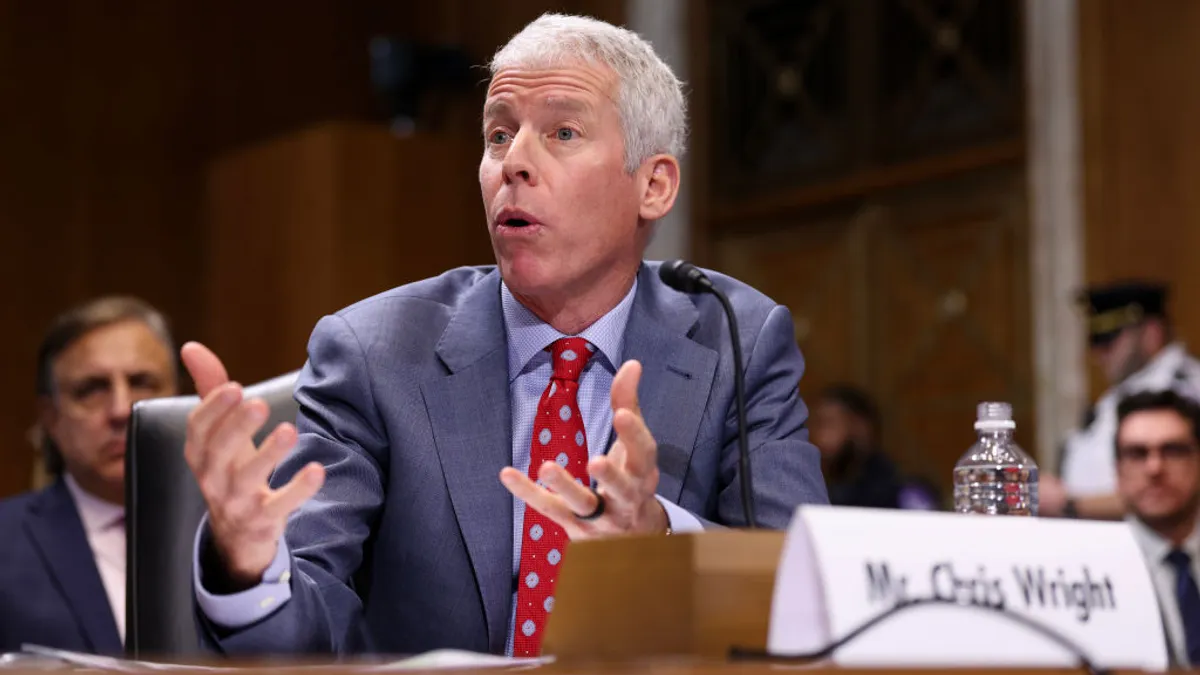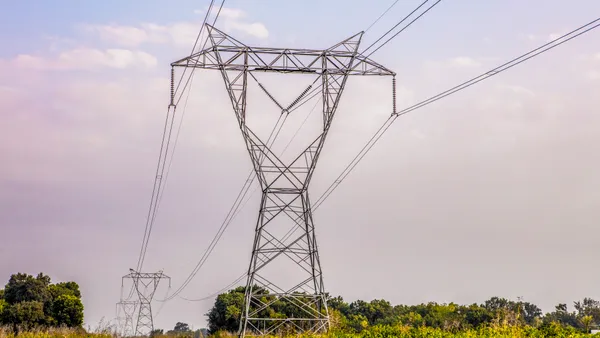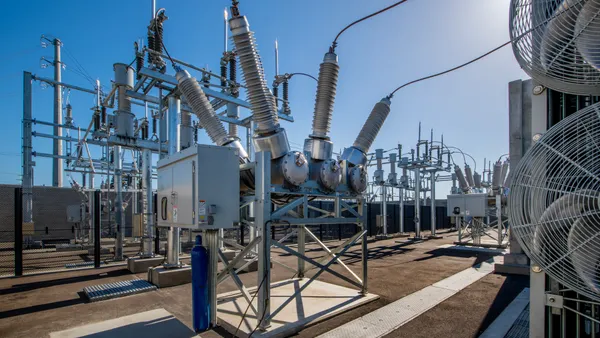Dive Brief:
- Large industrial customers receiving electricity from Minnesota Power, including taconite mines and forest product industries, are eligible for a 5% reduction in rates, which will be paid for by other businesses and residential consumers, Minneapolis Star Tribune reports.
- The lower rates are made possible by a 2015 law authorizing the utility to submit discounted
plans for a limited number of its large industrial customers meeting state criteria as "energy-intensive and trade-exposed" (EITE). - The lower rates for these industries will help sustain the regional economy, Minnesota Power said in a statement, though it will come at the expense of a 14.5% increase for residential accounts.
Dive Insight:
Minnesota enacted a law earlier this year aimed at bolstering the state's economy, maintaining large industry and ensuring competitive power rates for companies that employ thousands. But while the law, and lower rates, have support from the industries they are designed to support, some of the state's residents are calling foul.
Will Phillips, state director for AARP in Minnesota, told the Minneapolis Star Tribune that the state may be missing the broader impacts of raising residential power prices.
“Raising electric rates on households impacts somebody’s ability to pay their other monthly bills or limits what small amounts of discretionary income people have — and that also can have a negative impact on our economy,” Phillips said.
The proposed rate plan would result in a 5% decrease in electricity prices for customers in EITE industries, but there are limits: Those companies must be operating at more than 62% of their maximum load, meaning small energy users would not qualify.
The proposal would result in a decrease of about 5% in electric costs for EITE customers, Minnesota Power said, while other customers would see a new monthly charge on their electric bills. Business and commercial customers that do not qualify as EITE will see a flat monthly charge of $11.45
per electric service agreement, while residential customers will see an increase based on the amount of energy used.
According to the utility, for a customer who typically uses 750 kWh and pays about $79 per month, the
charge will add approximately 14.5% percent to the monthly bill, about the same as business and commercial bills. A residential customer who uses less energy will see a lower dollar per month increase; Minnesota Power explained that a customer who uses 300 kWh will pay $4.55 more a month.
“We recognize no one wants to see their bill increase,” Dave McMillan, Minnesota Power executive vice president, said in a statement. "However, our plan will not only help the region’s largest industries compete and remain in the economy, it will bring rates closer in line to the actual cost of providing power to all customer groups.
McMillan also said that by applying the rate adjustment based on energy usage, residential customers could use efficiency and conservation tools offered by the utility to offset the increases. The proposed rate changes must be approved by state regulators.
“Industrial customers’ rates have been set higher than the actual cost to serve them for many years —two decades or more,” McMillan said. “They have been absorbing these costs not related to their electric service. Operating in a highly competitive commodity-driven global marketplace, these companies can’t simply absorb costs or pass them on to their own customers.”
Editor's Note: This post has been updated to reflect that the rate changes must be approved by state regulators before they can be implemented.















